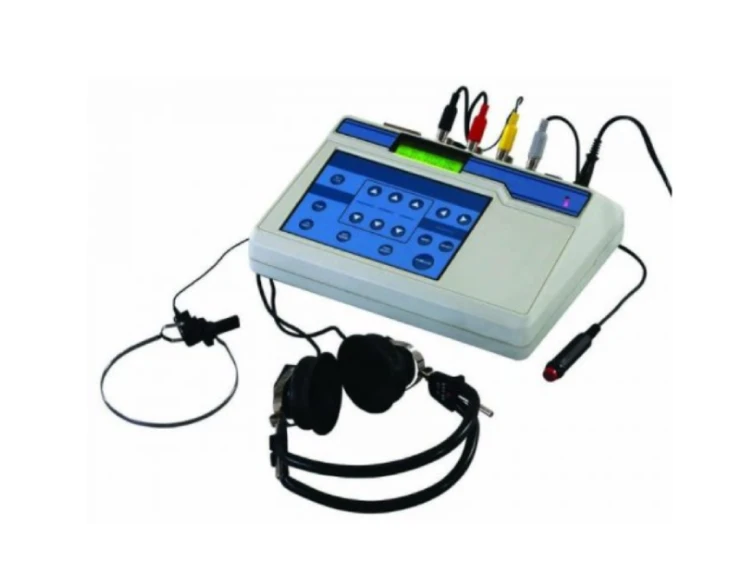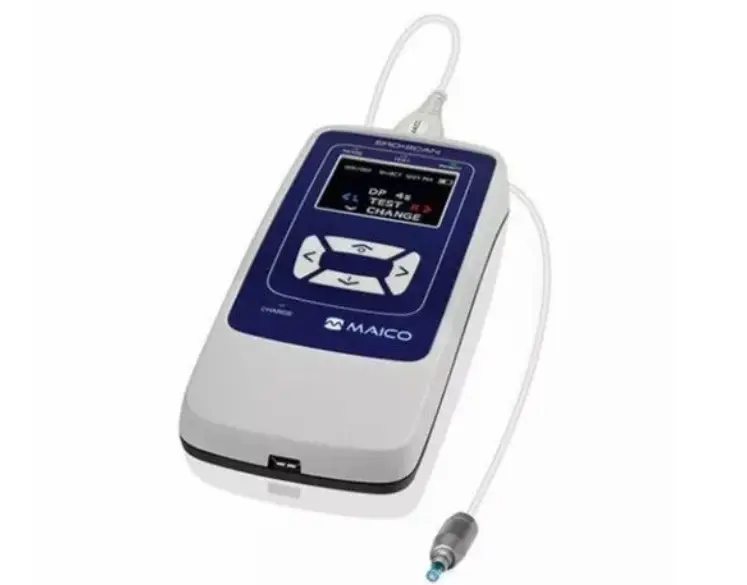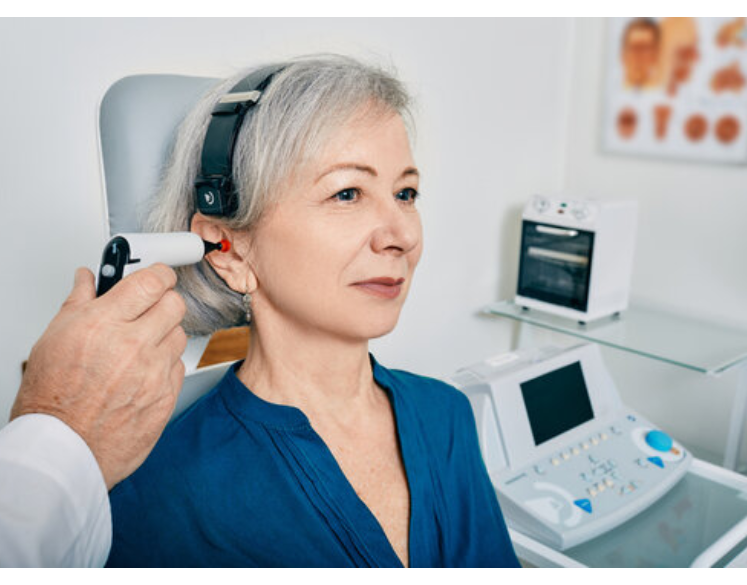Pure Tone Auditory (PTA)
Pure Tone Auditory or PTA comes under the category of Auditory Tests. PTA is performed to diagnose the sensitivity in hearing at different types of frequencies. Let’s check what else can be diagnosed with Pure Tone Auditory Tests or PTAs.
- Conductive Hearing Loss
- Unilateral or Bilateral hearing loss
- Sensorineural Hearing Loss
- Mixed Hearing Loss
- Low-frequency Hearing Loss
- High-frequency Hearing Loss
- Pediatric Hearing Loss
- Noise-induced Hearing Loss


Vestibular Testing
- Vestibular testing, also known as balance testing, helps evaluate the inner ear’s role and balance in maintaining equilibrium.
- The conditions diagnosed through vestibular testing include vertigo, dizziness, vestibular nerve damage, and balance disorder.
- The procedure of vestibular testing includes multiple tests like electronystagmography (ENG) or videonystagmography (VNG).
- ENG and VNG evaluate the inner ear response and eye-to-head movement.
- Vestibular function test is performed using the combination of head positioning, warm or cold water or air, and eye movements.
- Vestibular testing includes other tests like caloric testing, rotary chair testing, head impulse test, Balance Testing, Vestibular Evoked Myogenic Potential Test, etc.
Audiometry
Measures how well a person hears sounds, including their ability to distinguish different tones and hear quiet and loud sounds. It uses an audiometer to measure hearing levels and can help healthcare professionals develop personalized recommendations to improve a person’s hearing.
Tympanometry
Measures how well a person’s middle ear works by testing the mobility of their eardrum and how sound travels through the middle ear. During the test, an audiologist places a small probe in the patient’s ear and uses a device to push air into the ear canal. The probe has a graph called a tympanogram that records the eardrum’s movement, which can help the audiologist identify conditions like middle ear effusions, eustachian tube dysfunction, and perforated eardrums.




